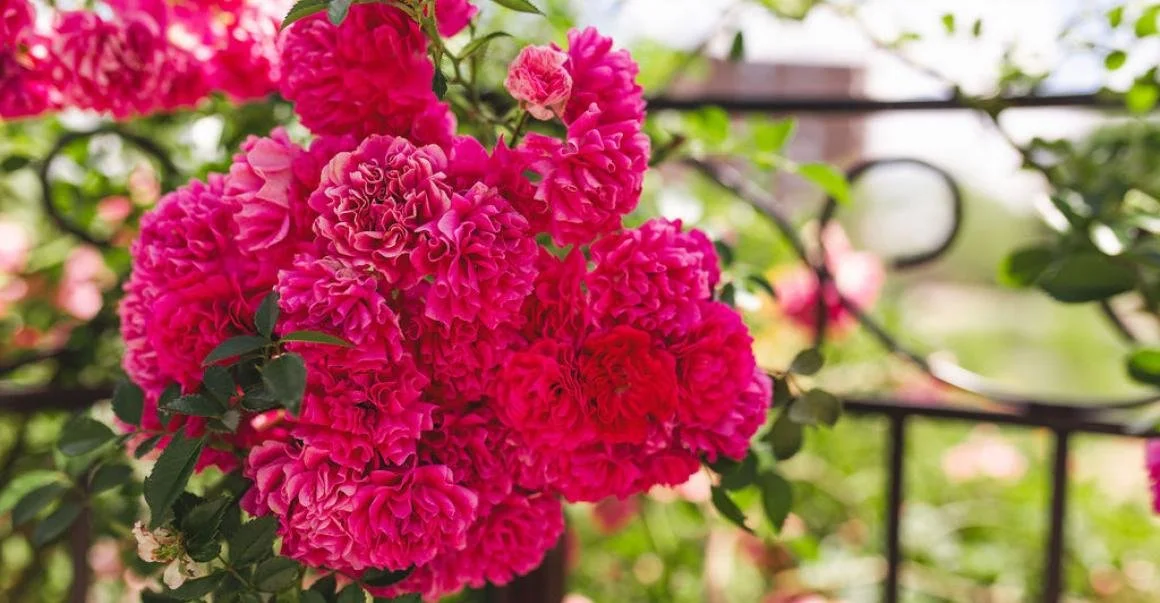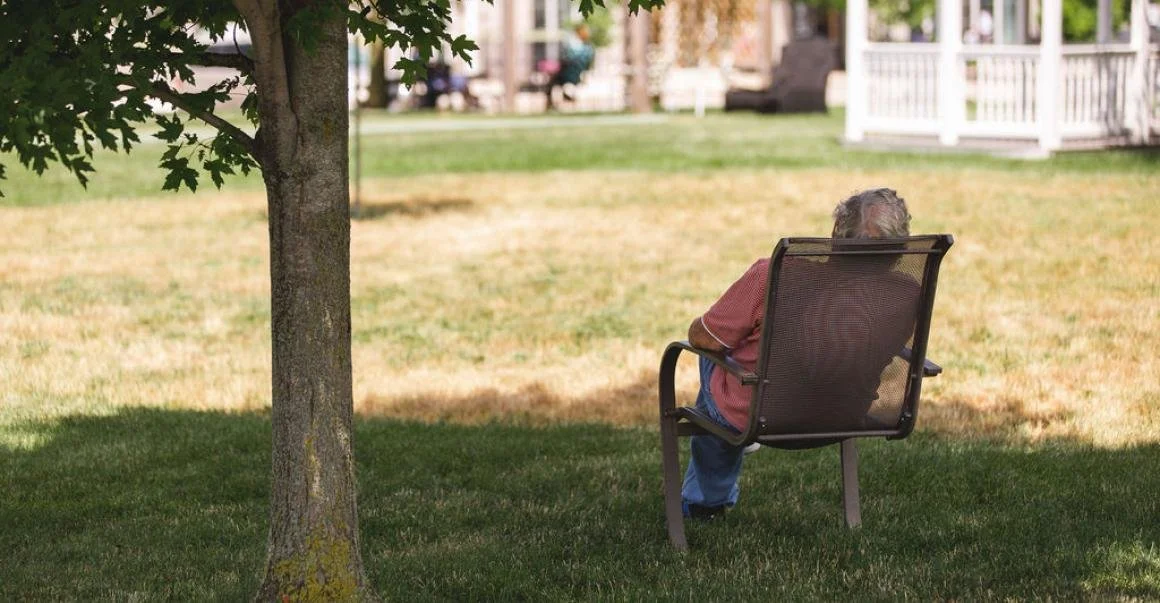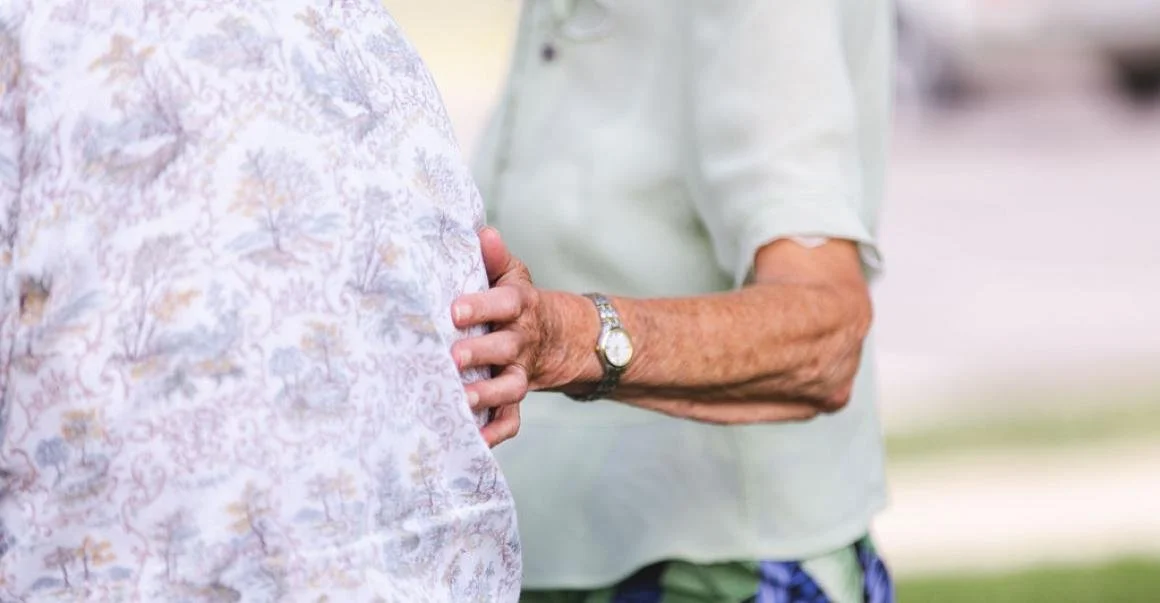Wellness Series Part 1: How to Practice Gratitude
Staying Well During A Pandemic
We are pleased to present the first in a three-part series related to self-care. With spring right around the corner we feel optimistic! But there is no doubt these times have proven to be difficult ones, leaving people feeling socially isolated. A year into the pandemic, we recognize the importance of focusing on good mental health and wellbeing.
Stephanie Pink is a student intern at the Village, pursuing a Master’s in Social Work degree from Wilfrid Laurier University. In this series she provides tips grounded in evidence-based research and experience, on three topics: (1) Gratitude, (2) Identifying Our Strengths and (3) Self-Care.
Series 1: Gratitude
What is Gratitude?
Gratitude is a feeling of appreciation. It encourages us to be thankful for the things we have which allows us to focus less on the things we cannot change.
Why Practice Gratitude?
Practicing gratitude not only elicits feelings of happiness, but research shows if practiced often, has many other benefits:
Psychological: Enhanced mood, reduced anxiety, and increased positive emotions such as compassion and empathy.
Physical: Stronger immune system, better sleep, reduced aches and pains, and lower blood pressure.
Social: Increased feelings of empathy and connections with others which can result in healthier relationships.
Tips on how to Get Started:
Experiencing gratitude comes with practice over time. Engaging in this practice can strengthen pathways in our brain allowing us to realize a range of benefits identified above.
There are different ways to get started:
We are all unique. Some people find solace in a quiet indoor space, while others find gratitude in nature.
Self-reflection: Intentionally acknowledging our feelings and thinking about the things (big or small) we are grateful for.
Journaling: Writing things downs helps us gather perspective and acknowledge our feelings. Private notes also serve as a reminder of the things we are grateful for that can be reviewed when feeling sad or alone.
Communicating: Saying things out loud that you are grateful for. Take it a step further and connect with family, friends or a social worker who can listen and support you.
Being Creative: Sketch, paint, draw, or participate in other creative activities that provide an outlet to express your gratitude.
Here are questions to help you start your gratitude journey:
Self-Gratitude
What decision are you most proud of?
What personality trait are you most grateful to possess?
What are the things that make you special?
Gratitude for Others
Who in your life are you most grateful for?
Who shaped you the most over your lifetime?
Who do you find inspiring and why?
Spiritual Gratitude
In nature what brings you joy?
How do you connect with things larger than yourself?
How do you positively impact your community?
Resources:
Academic Resource/ Article Inspiration: Chowdhury, M. R. (2020) The Neuroscience of gratitude and how it affects anxiety and grief.




